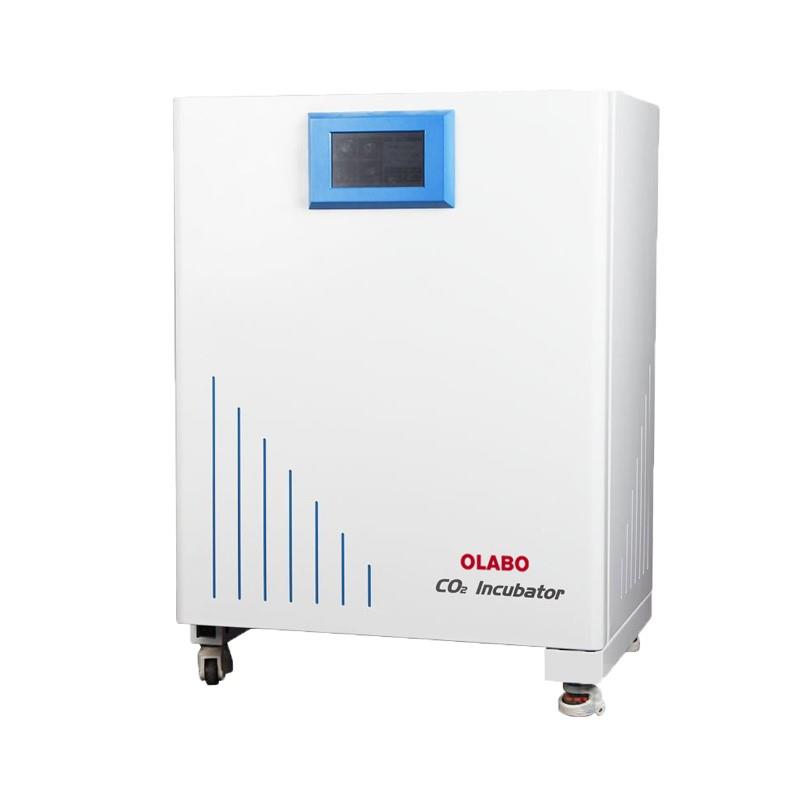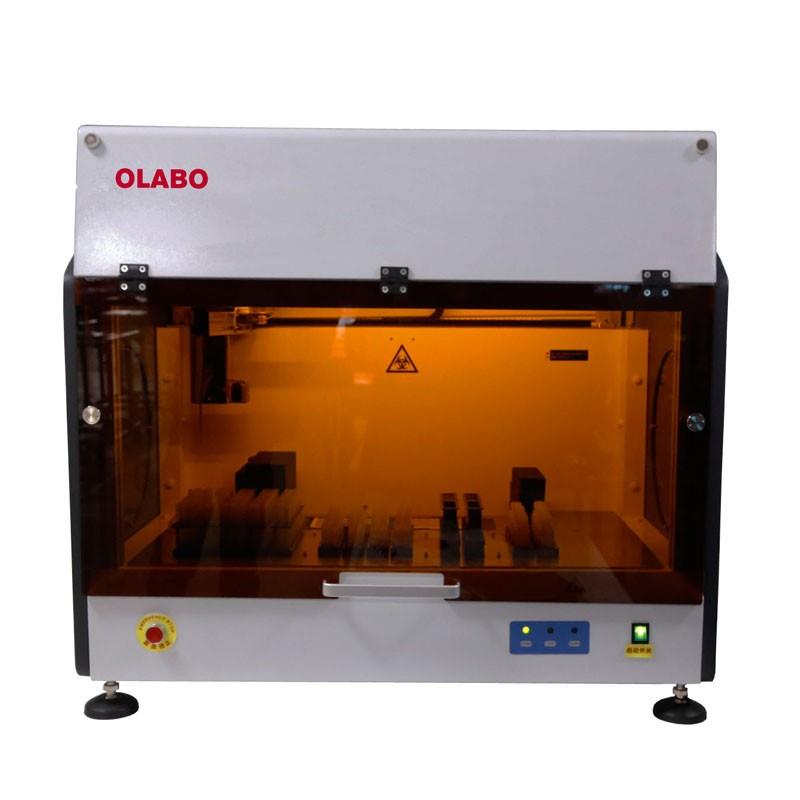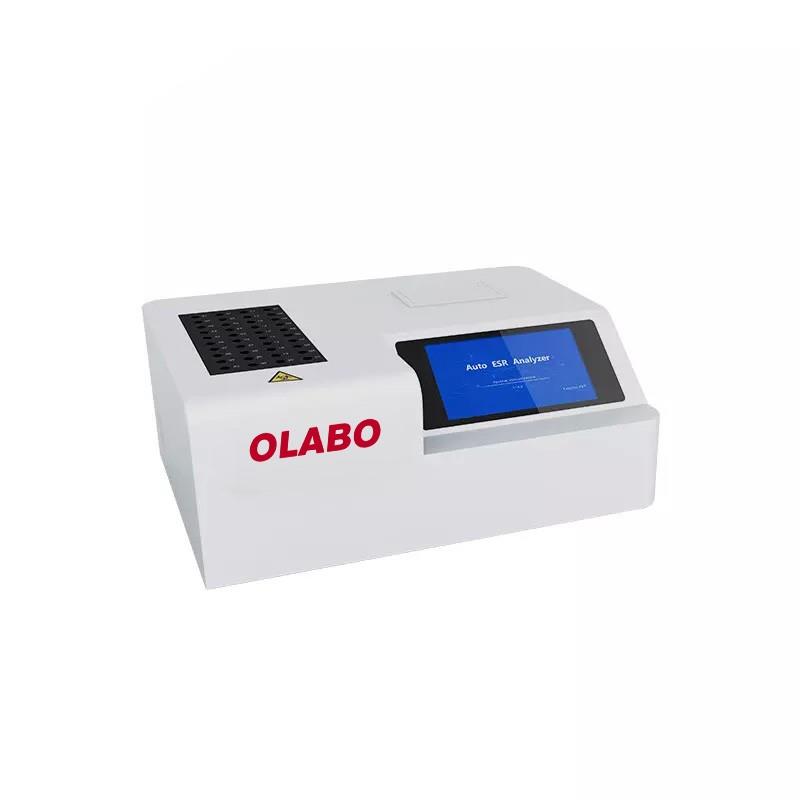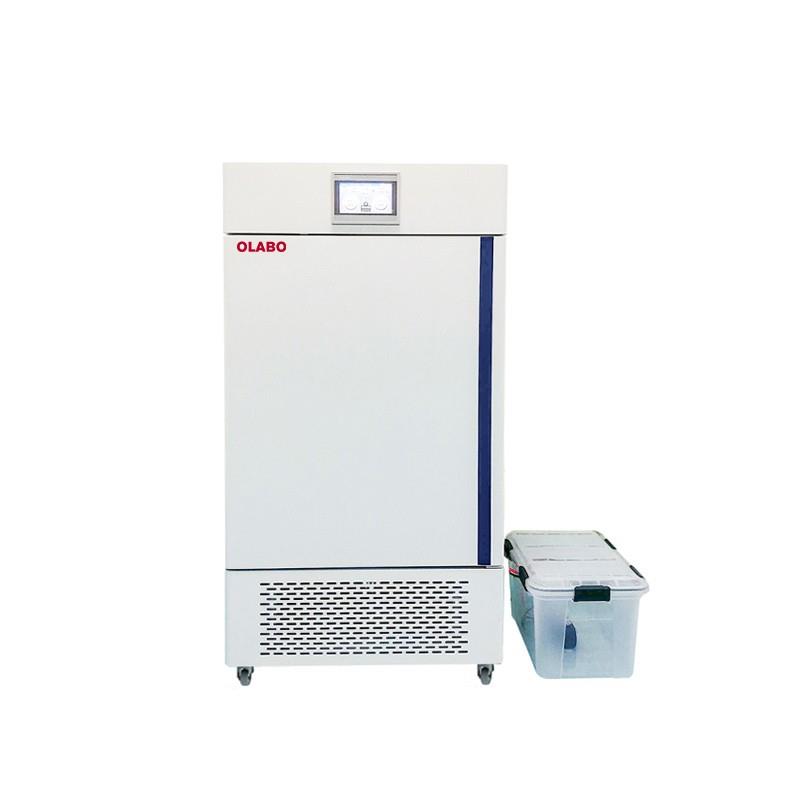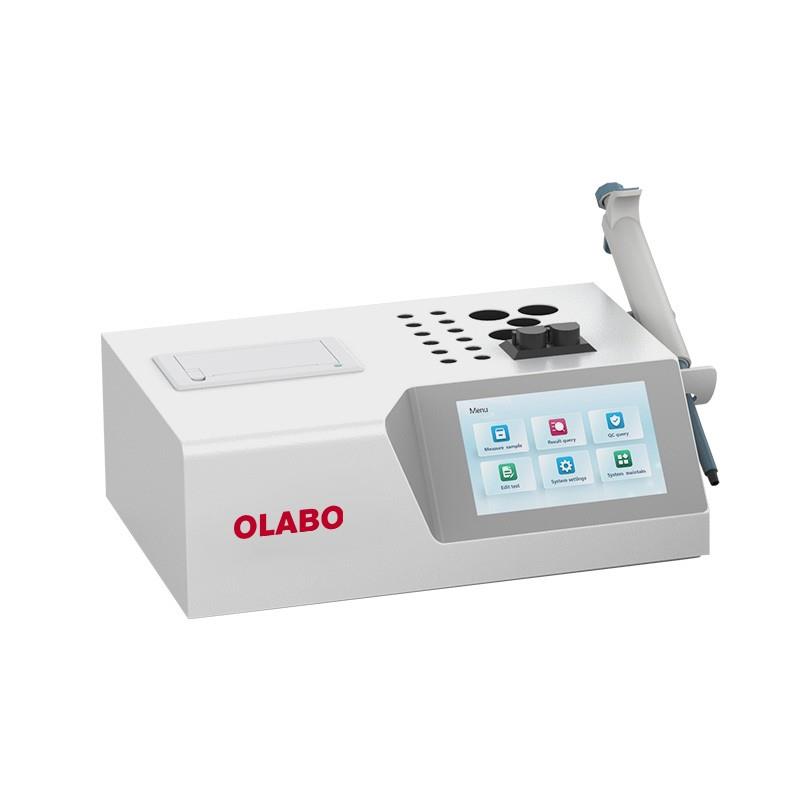Auto Biochemistry Analyzer
A biochemical analyzer is also often called a biochemical analyzer. It is an instrument that uses the principle of photoelectric colorimetry to measure a specific chemical composition in body fluids. Because of its fast measurement speed, high accuracy, and small consumption of reagents, it has been widely used in hospitals, epidemic prevention stations, and family planning service stations at all levels. Used in conjunction can greatly improve the efficiency and benefits of conventional biochemical tests.
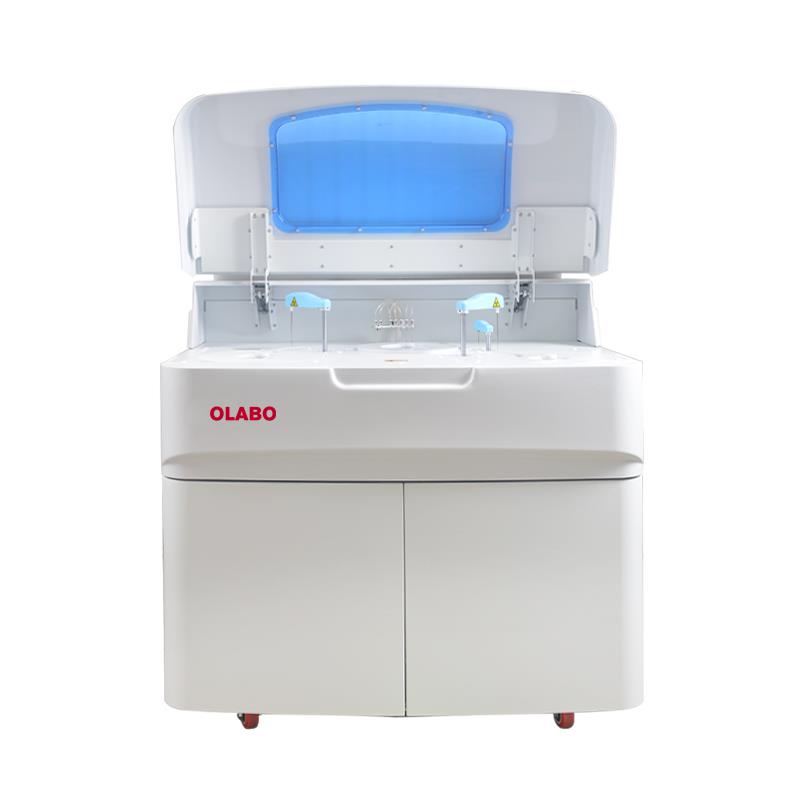
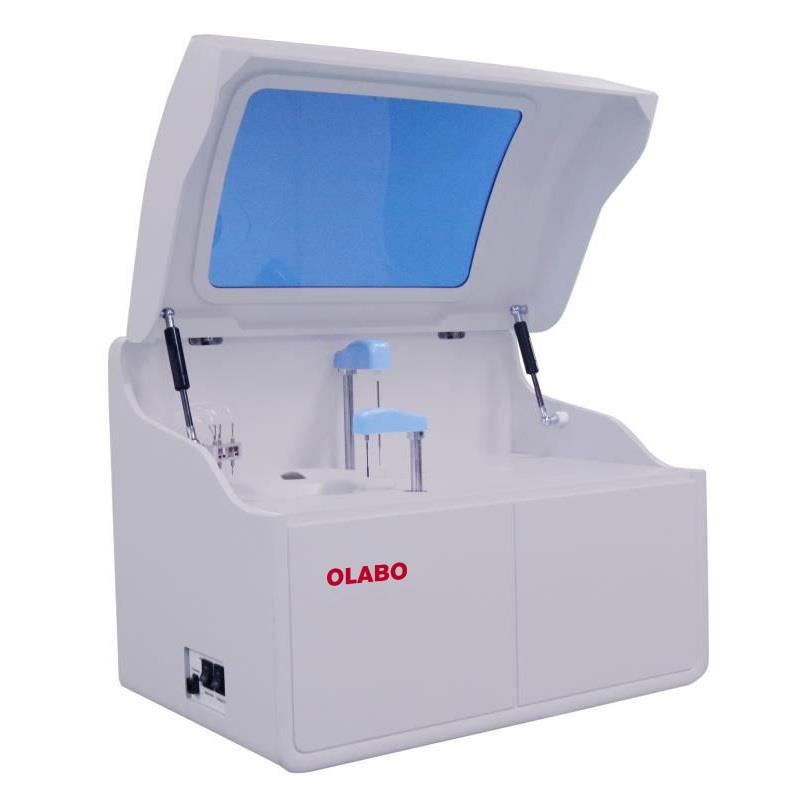
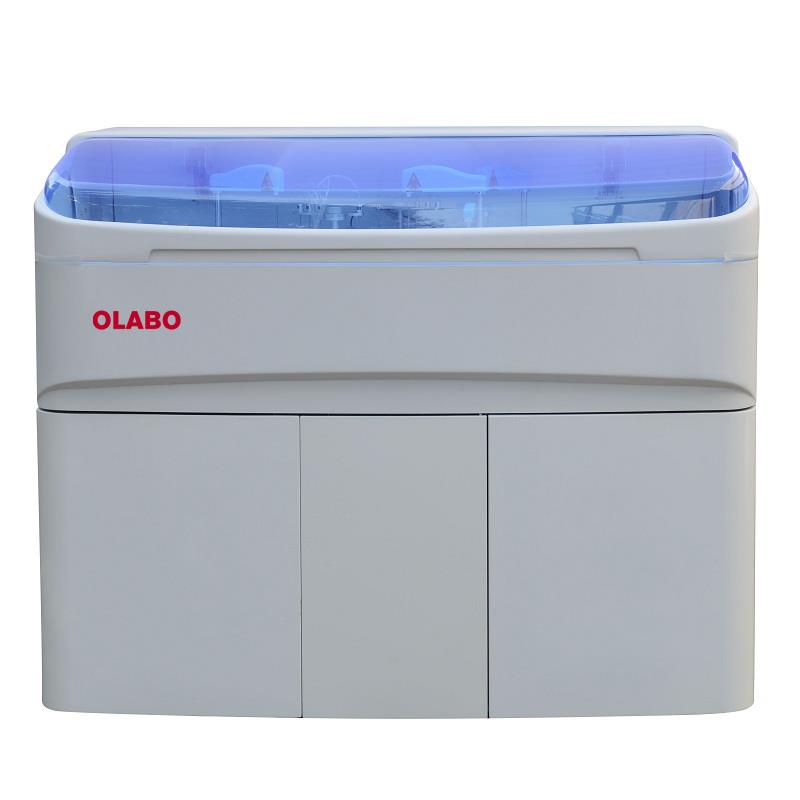
1.Instrument introduction
a.First generation: Spectrophotometer
The method of using ultraviolet light, visible light, infrared light and laser light to measure the absorption spectrum of a substance, and using this absorption spectrum to perform qualitative and quantitative analysis and material structure analysis of the substance is called spectrophotometry or spectrophotometry, and the instrument used is called human spectroscopy Photometer.
b.Second generation: semi-automatic biochemical analyzer
Semi-automatic analyzer means that part of the operation in the analysis process (such as sample addition, heat preservation, inhalation colorimetry, result recording, etc.) needs to be completed manually, while another part of the operation can be completed automatically by the instrument. This type of instrument is characterized by small size, simple structure, and great flexibility. It can be used separately or in conjunction with other instruments, and is cheap.
c.The third generation: fully automatic analyzer
Fully automatic biochemical analyzer, the whole process from sample addition to result is completely automatically completed by the instrument. The operator only needs to put the sample on the specific position of the analyzer, select the program to start the instrument and wait for the inspection report.
Since the American company Technicon successfully produced the world's first automatic biochemical analyzer in 1957, various automatic biochemical analyzers with different models and functions have continuously emerged, which is very important for the automation of clinical biochemical tests in hospitals. One step. Since skeggs first introduced the principle of a clinical biochemical analyzer in the 1950s, with the development of science and technology, especially medical science, various biochemical automatic analyzers and diagnostic reagents have been greatly developed. According to the different structural principles of the instrument, It can be divided into four types: continuous flow (pipeline), discrete, separated and dry chip.
2.Significance of biochemical testing
The biochemical analyzer (HF) is an instrument used to detect and analyze life chemical substances, and provide information for the diagnosis, treatment, prognosis and health status of diseases in the clinic.
3.Routine testing items
Liver function: alanine aminotransferase (ALT/GPT), aspartate aminotransferase (AST/GOT) alkaline phosphatase (ALP) total bilirubin (T.BIL) direct bilirubin (D.BIL), total protein (TP) , Albumin (ALB)
Kidney function: urea nitrogen (BUN), creatinine (Cre), carbon dioxide binding capacity (CO2), uric acid (UA)
Blood lipids: total cholesterol (CHO), triglycerides (TG), high density lipoprotein cholesterol (HDL-C), low density lipoprotein cholesterol (LDL-C)
Blood sugar: glucose (GLU)


